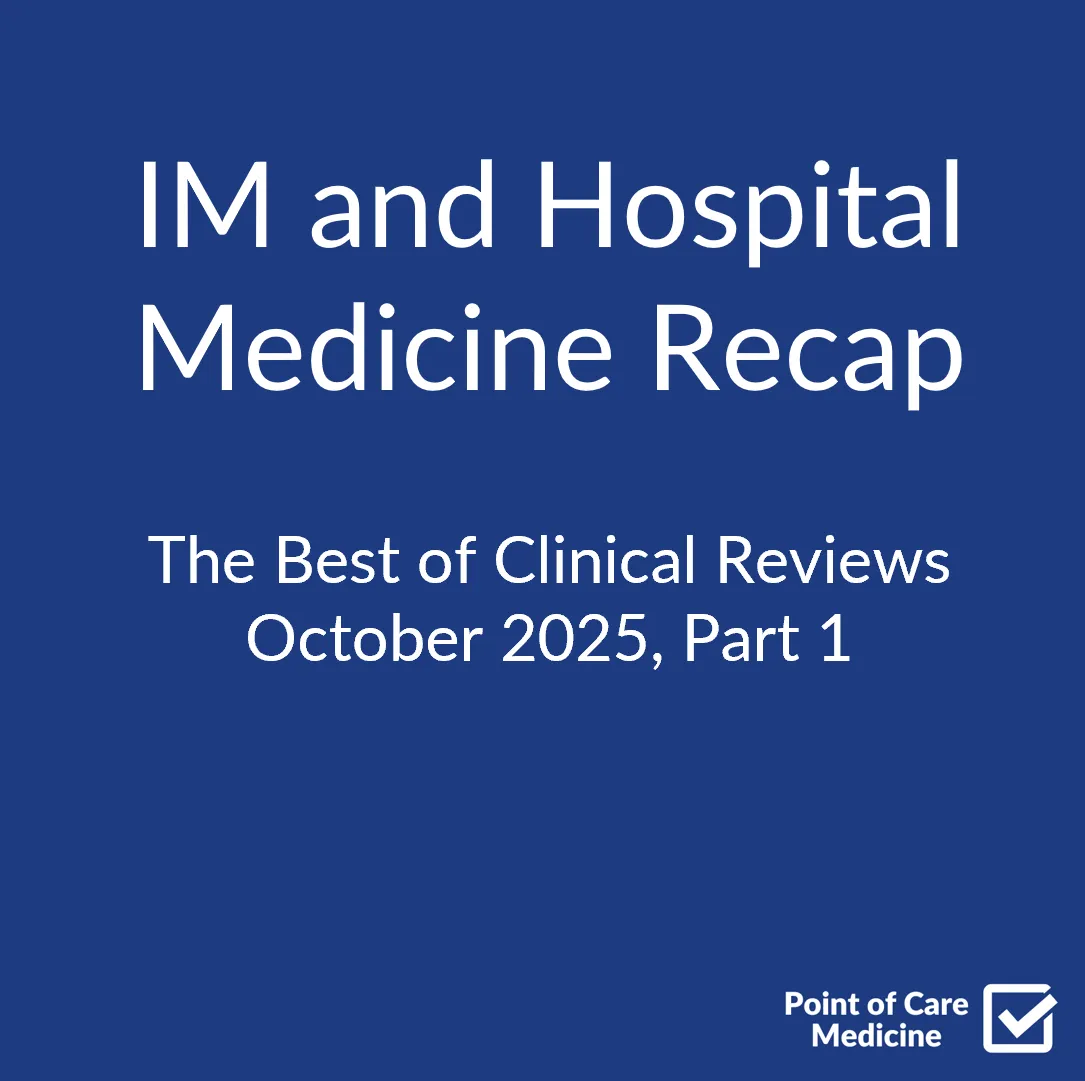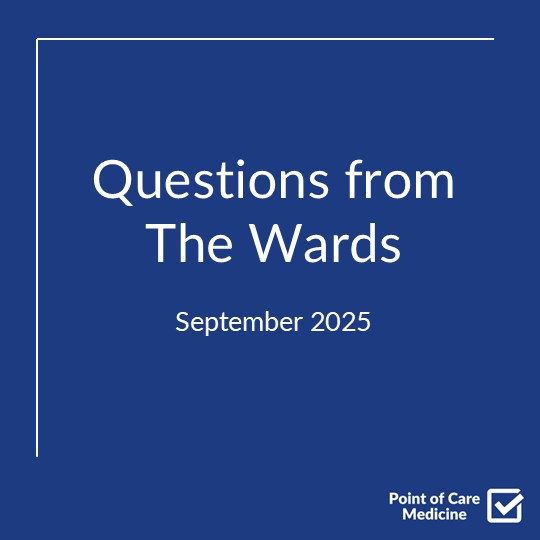Admission Checklist
- ABC’s and Triage
- Is patient “unstable” - hypotension, AMS, ischemic chest pain, acute heart failure (pulm edema, resp distress), signs of shock
- If time permits, sedate with midazolam 2-5mg IV if time permits
- Shock with synchronized cardioversion 100-200J biphasic
- If persists, 200-360J with repeated attempts
- Continuous telemetry and pulse oximetry
- Use CHA2DS2-VASc score to assess stroke risk and guide anticoagulation decisions.
- Is patient “unstable” - hypotension, AMS, ischemic chest pain, acute heart failure (pulm edema, resp distress), signs of shock
- Chart Check:
- Prior EKGs for baseline rhythm.
- Echo results for structural abnormalities or valvular disease.
- Prior cardioversion attempts, ablations
- Anticoagulation history, fills, most recent coags
- Current rate or rhythm medications
- PMH of reversible etiologies such as thyroid dysfunction, infections, or alcohol use.
- Can’t Miss:
- Acute coronary syndrome (ACS).
- Pulmonary embolism (PE).
- Thyrotoxicosis.
- Sepsis.
- Pericardial tamponade.
- Wolff-Parkinson-White syndrome (WPW).
- Admission Orders:
- Labs: CBC, BMP, Mg/Phos, TSH, LFTs, Coags, Troponin, NT-proBNP, consider UDS
- Imaging: EKG, chest X-ray; consider TTE if new-onset Afib or concern for structural heart disease or worsening heart failure
- Initial Treatment to Consider:
- Address underlying etiology:
- Fluids if concern for hypovolemia/sepsis
- AC or revascularization if ACS or PE
- Diuretics, afterload reduction for heart failure
- Beta-blockers and other amangement for thyrotoxicosis
- Rate control: IV metoprolol (5 mg q15min x3) or diltiazem (0.25 mg/kg bolus → infusion at 5–15 mg/hr).
- Rhythm control: Amiodarone loading dose if rate control fails and BP allows.
- Pressor: generally start with phenylephrine
- Electrical cardioversion: If unstable or Afib onset <48 hours without thromboembolic risk.
- Anticoagulation: Initiate DOAC unless contraindicated; warfarin for valvular Afib
- Maintain electrolytes: Keep K >4 and Mg >2.
- Address underlying etiology:
Audio
Video
HPI Intake
- Onset: When did symptoms start? Sudden or gradual?
- Duration: How long have symptoms persisted? Any previous episodes?
- Symptoms: Palpitations, chest pain, dyspnea, fatigue, dizziness?
- Precipitating Factors: Recent illness, stress, alcohol intake
- Associated Symptoms: Syncope, presyncope, weakness?
- Cardiovascular History: HTN, CAD, valvular disease, heart failure?
- Medications: Current medications, recent changes, anticoagulation use, adherence?
- Other Risk Factors: Age, diabetes, hypertension, vascular disease?
To Note on Exam
- General: Distress level, mental status
- Cardiac: Irregular rhythm, rate, murmurs, S3 gallop
- Pulm: Crackles, wheezes, increased work of breathing
- Extremities: Edema, pulses, signs of arterial insufficiency
- Skin: Pallor, diaphoresis, cyanosis
Etiology
- Cardiac: Hypertension, coronary artery disease, valvular disease, cardiomyopathy
- Pulmonary: COPD, pulmonary embolism, pneumonia
- Endocrine: Hyperthyroidism, pheochromocytoma
- Metabolic: Electrolyte imbalances (especially potassium, magnesium)
- Toxic: Alcohol, caffeine (exacerbates symptoms), sympathomimetics, certain medications
- Other: Sepsis, post-operative state, obstructive sleep apnea
Detailed EHR Dotphrase
#Atrial Fibrillation with RVR
Assessment
- History: Symptoms, risk factors, AC history, prior cardioversion attempts, ablations
- Clinical/Exam: HR, BP, murmurs, signs of volume overload or hypoperfusion.
- Data: Troponin, NT-proBNP, TSH, electrolytes, EKG, TTE
- DDx: Consider ACS/ischemia, heart failure, hypovolemia, pulmonary embolism, thyrotoxicosis, sepsis as potential triggers
Plan
Workup
- Labs: CBC, CMP, Mg, Phos, troponin, NT-proBNP, TSH/T4, coags
- Imaging: EKG, CXR, consider TTE if not recently performed or concern for structual heart disease
Treatment
- Rate Control
- Metoprolol (1mg IV = 2.5mg PO)
- 5mg IV q5min up to 3 doses
- Transition to PO tartrate 12.5mg q6 if responded to initial push, 25mg if not (max dose of 400mg daily)
- Increase by 25mg increments if HR remains >110
- Continue or uptitrate succinate doses if a chronic med
- Diltiazem (1mg/hr IV = 3mg PO; avoid in reduced EF)
- Bolus 0.25mg/kg IV over 2 min (max 25mg); can re-bolus after 15 minutes if needed
- Transition to infusion at rate 2.5-15mg/hour
- Transition to PO ER formulation at dose roughly equal to 10 * (3 * infusion rate mg/hr + 3) with a max of 360mg daily
- Metoprolol (1mg IV = 2.5mg PO)
- Rhythm Control: Consider if symptom onset <48h or if rate control is ineffective.
- Amiodarone (full load is 10g - usually do not keep on long term due to side effects)
- 150mg IV bolus over 10 min (to avoid hypotension) - can repeat up to 3 times until converts to sinus
- Transition to infusion
- 1mg/min for 6 hours
- then 0.5 mg/min for 18 hours
- Overlap into PO dosing
- 400mg PO BID (takes ~1 week for PO to take effect)
- then 200-400mg PO daily as maintenance
- DCCV (cardioversion); need TTE beforehand if Afib >48 hours or has not been reliably on DOAC for 3-4 weeks
- Abalation - can be considered within 1 year of new diagnosis if not chemically converted
- Amiodarone (full load is 10g - usually do not keep on long term due to side effects)
- Anticoagulation: Initiate if CHA2DS2-VASc ≥2. DOAC preferred if no contraindications; Warfarin with goal INR 2-3 if valvular AFib
- Other: Fluids, maintain K+ >4 and Mg++ >2 with supplementation as needed, treat underlying causes
Follow Up
- New Afib needs TFTs, holter to assess burden, TTE, appointment with cardiology in 2-3 weeks
- New amiodarone start requires baseline PFTs and annual CXR while continued
Limited EHR Dotphrase
Assessment
- History:
- Clinical/Exam:
- Data:
- DDx:
Plan
Workup
- Labs: CBC, CMP, Mg, Phos, troponin, NT-proBNP, TSH/T4, coags
- Imaging: EKG, CXR, consider TTE
Treatment
- Rate Control
- Metoprolol 5mg IV q5min up to 3 doses, then transition to PO
- Diltiazem bolus 0.25mg/kg IV over 2 min, then transition to infusion at rate 2.5-15mg/hour
- Rhythm Control:
- Amiodarone 150mg IV bolus up to 3 times, then 1mg/min for 6 hours, then 0.5 mg/min for 18 hours, then overlap into PO dosing 400mg PO BID, then 200-400mg PO daily
- DCCV: need TTE if Afib >48 hours or not on AC
- Anticoagulation:
- Other: Fluids, maintain K+ >4 and Mg++ >2, treat underlying causes
If You Remember Nothing Else
In general, it's okay for patients to be in AFib in the hospital unless it leads to RVR and/or instability. AFib management in the inpatient setting focuses on three key aspects: rate control, rhythm control, and stroke prevention. Afib with RVR is unlikely to be the sole source of hypotension unless HR is >150, so keep in mind other etiologies that can precipitate Afib and RVR (MI, heart failure, hypovolemia, PE, sepsis) and treat the underlying disease. Start with IVF and BB/CCB pushes, then trial amiodarone to cardiovert and prevent flipping back into afib, then add pressors (phenylephrine as first line), and then electrically cardiovert if the patient remains unstable. Avoid rhythm control unless emergent if the Afib has been present for >48 hours, or the patient has not been on AC for at least 3-4 weeks due to the risk of throwing a clot from the LAA. Historically, rate control was preferred to rythm control, however with the wider availability of ablation, an early rythm control may be the ideal standard in many patients. Lastly, ensure appropriate follow-up with cardiology for long-term management and consideration of ablation or other advanced therapies if indicated.






.png)
